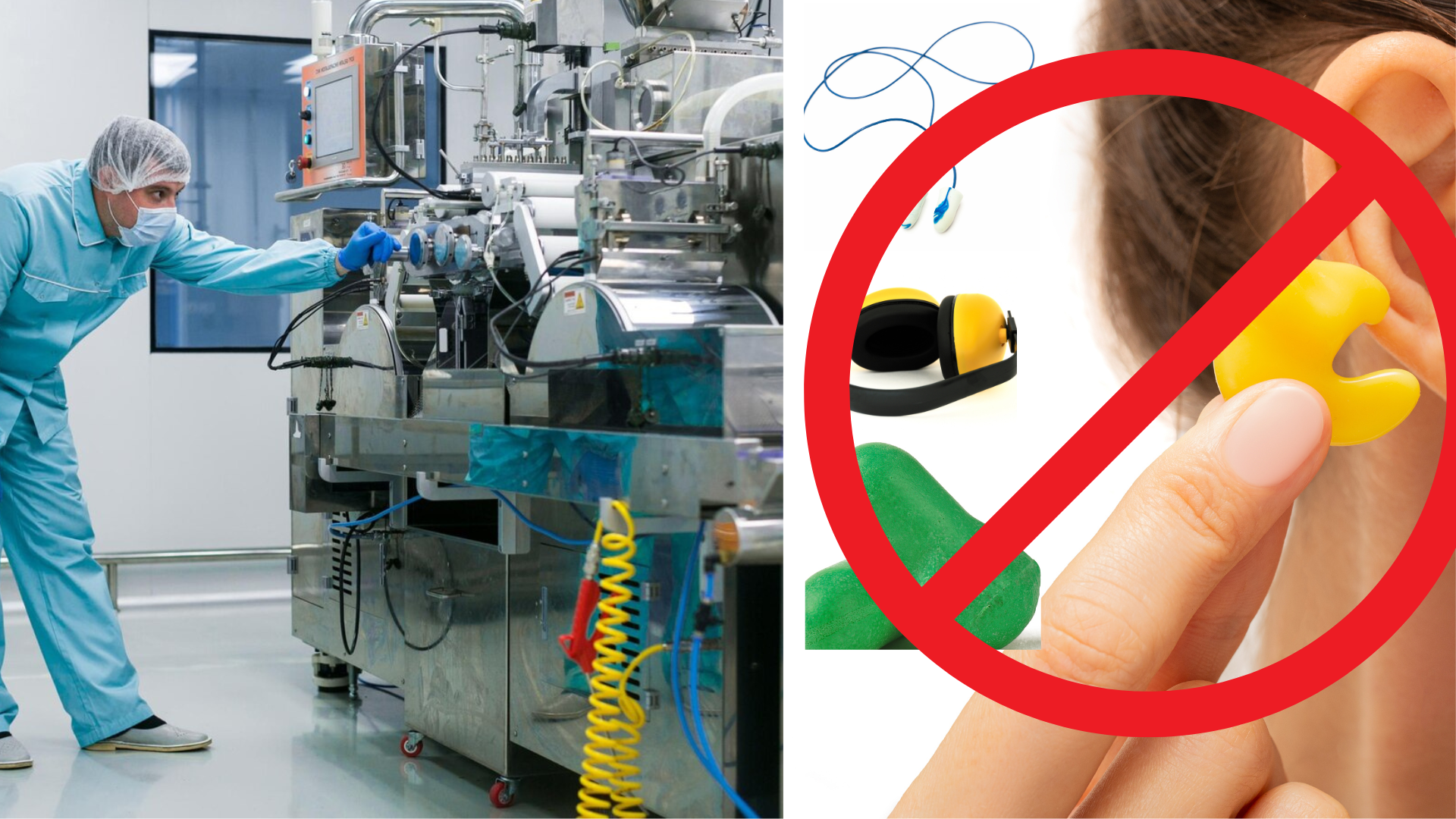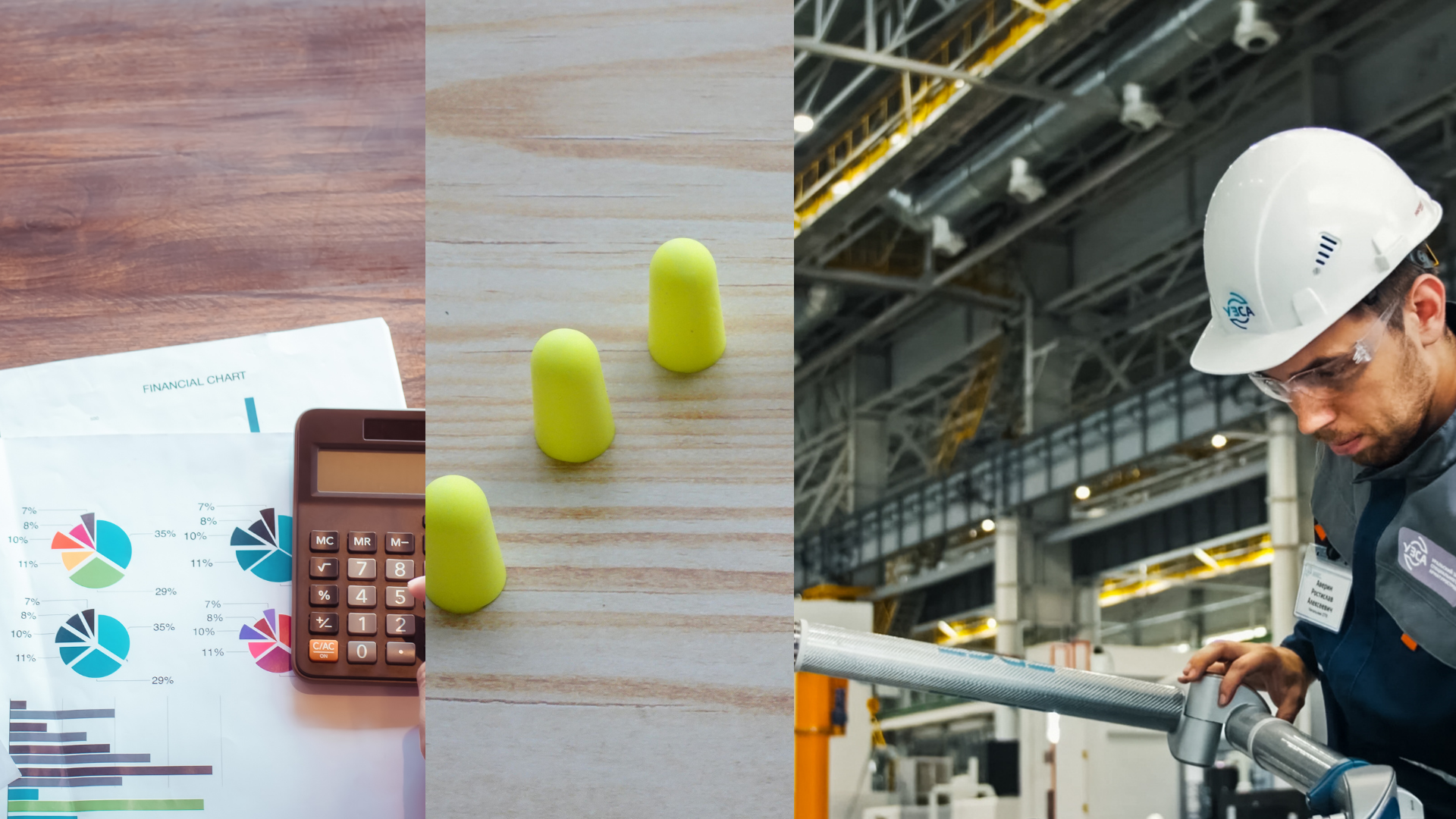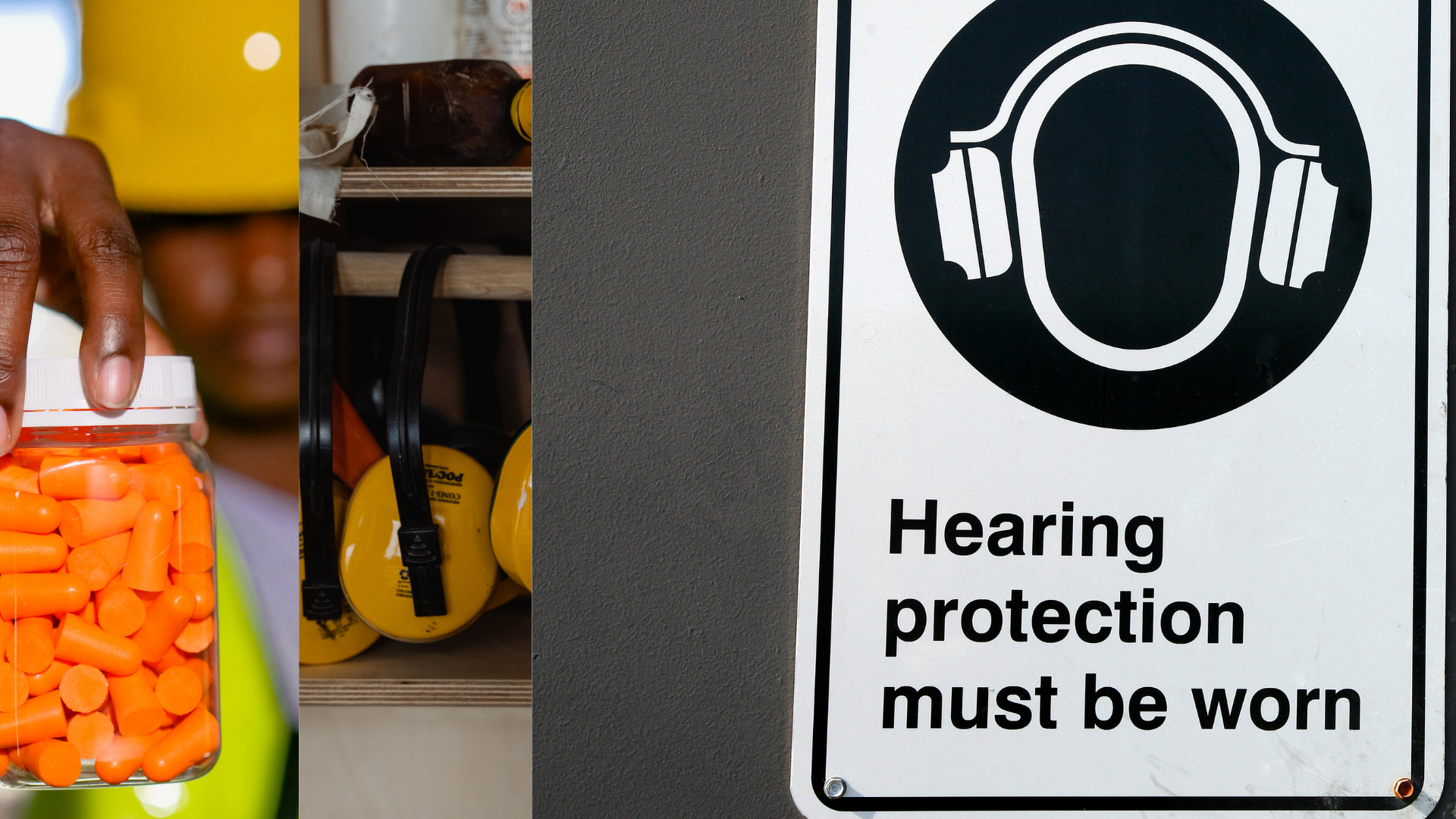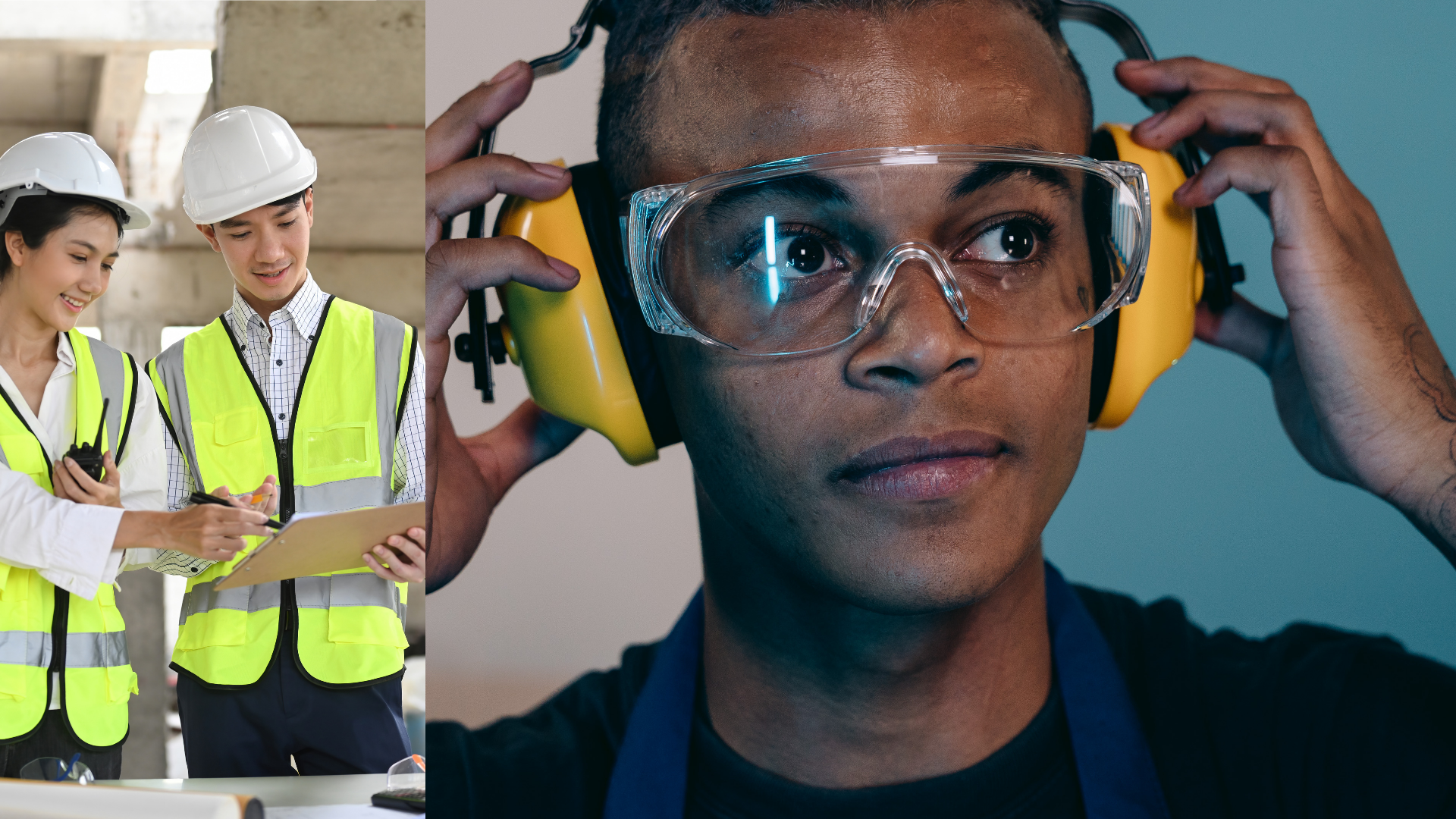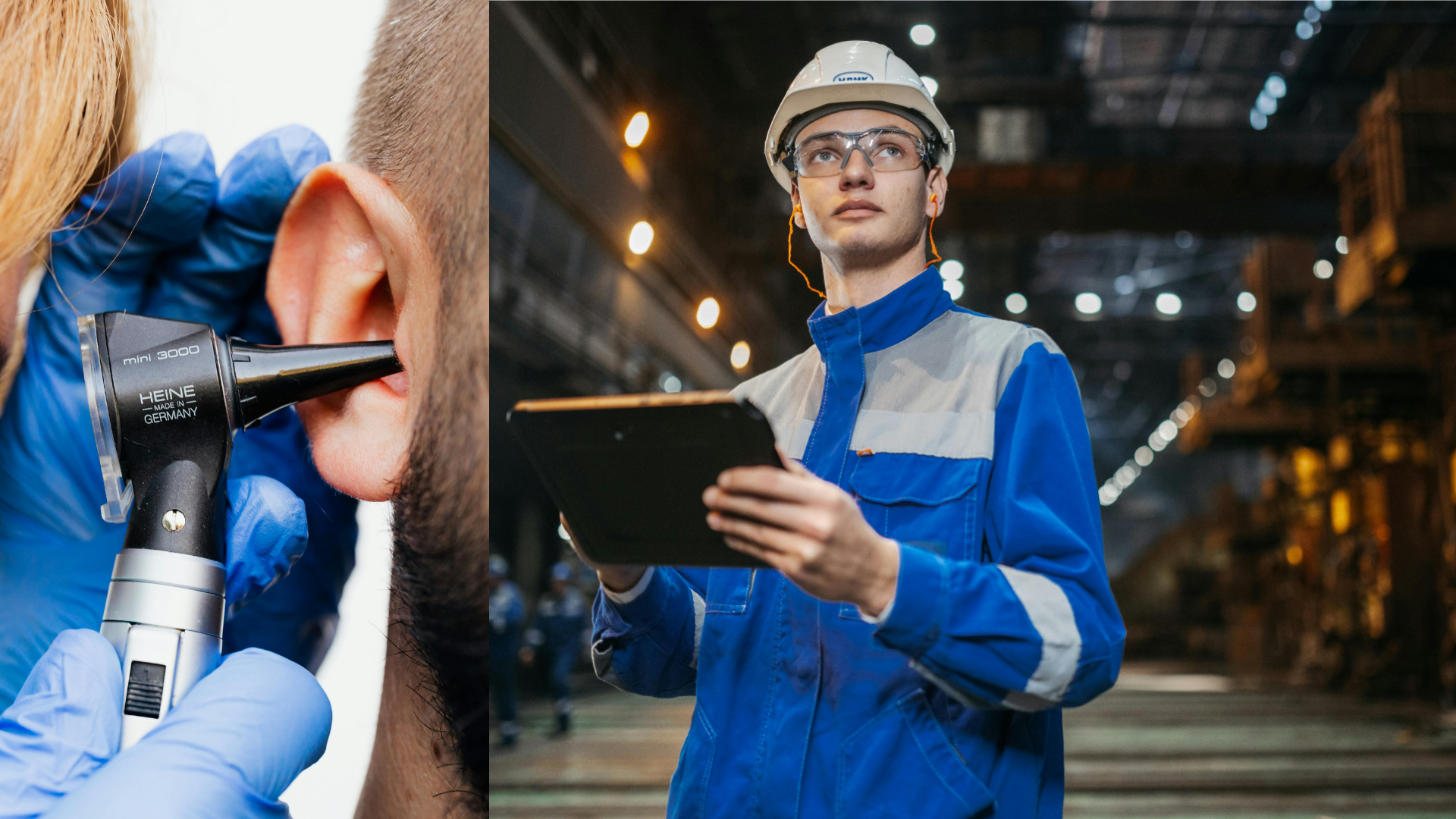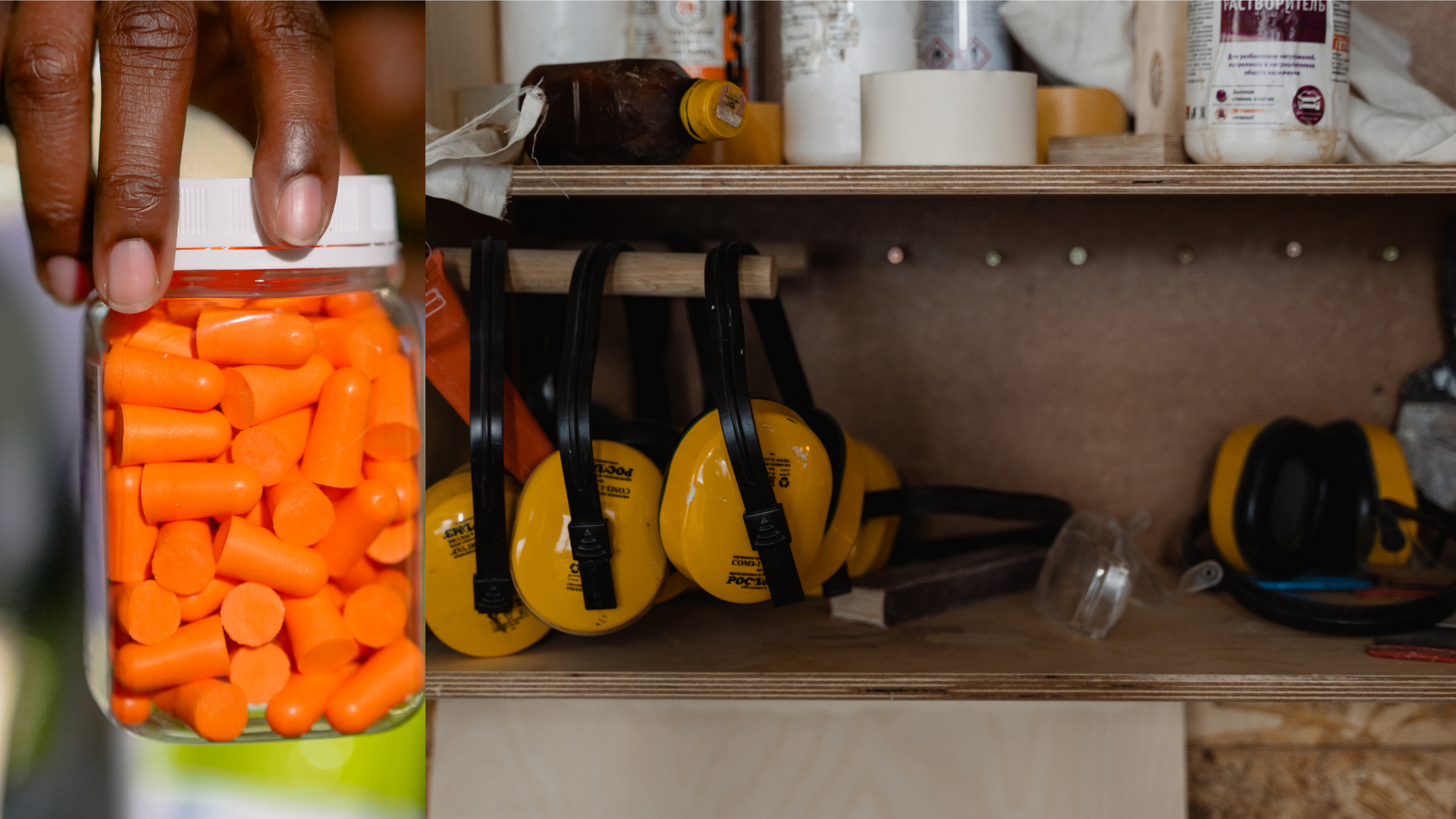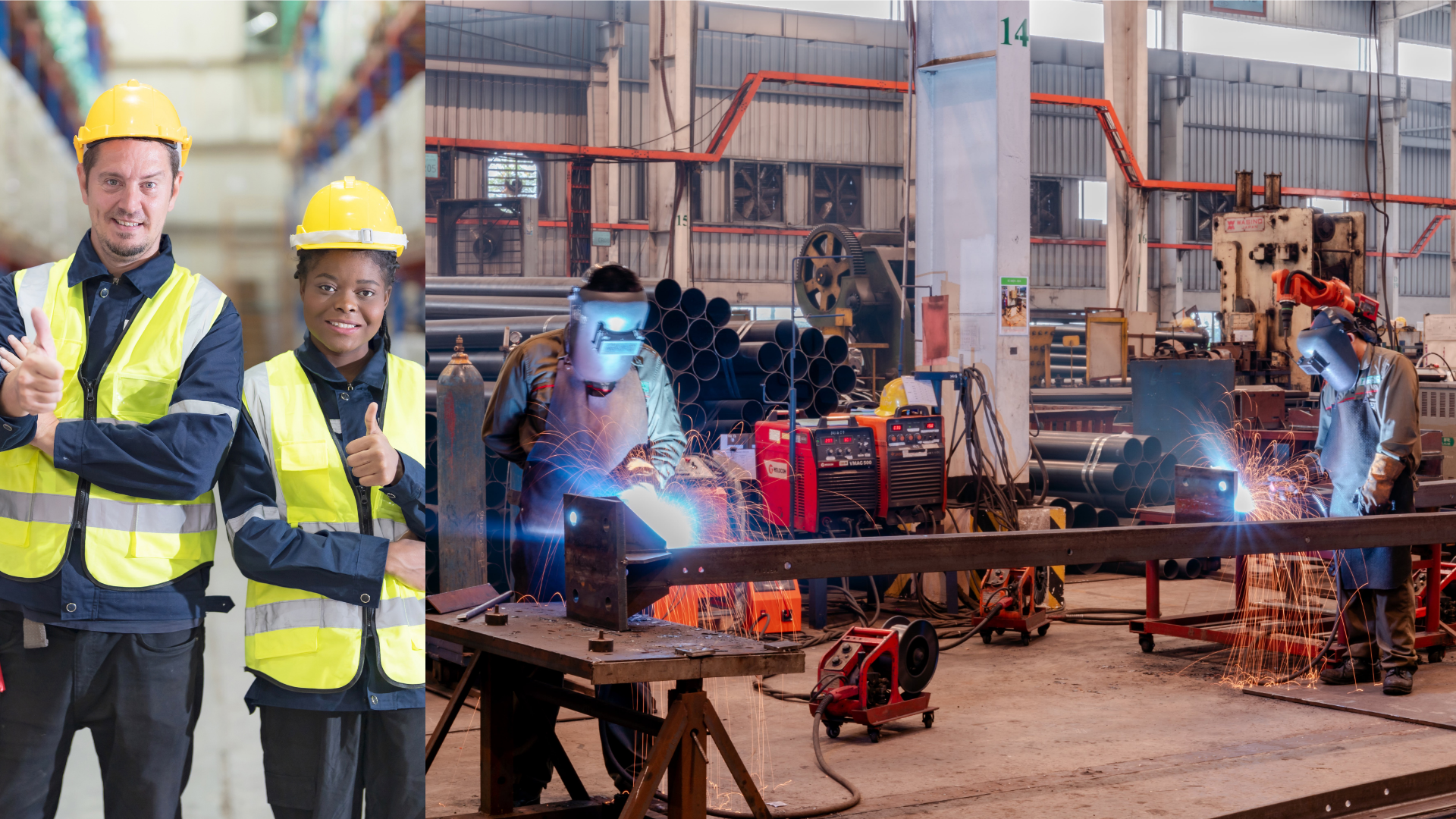Ear Fit Testing is Here to Stay: What to Know
Ever since the US Department of Defense expanded requirements for hearing protection fit testing towards the end of 2023, employers across many industries are looking to increase their compliance with best practices that could soon become regulations.
What is hearing protection fit testing?
Hearing protection fit testing provides a way to measure the effectiveness of wearing hearing protection, at an individual level. While hearing protectors must be labeled with an NRR (Noise Reduction Rating), it’s important to know that that number is calculated in a lab & likely isn’t the attenuation every employee will receive.
Instead, fit testing provides employees with an individual PAR (Personal Attenuation Rating). This number provides a much more accurate measurement of how much attenuation an employee will receive in field conditions.
How does hearing protection fit testing work?
There are two common types of hearing protection fit testing systems – quantitative & qualitative. Whichever system is used will compare sound levels outside/without the hearing protection, to the sound level inside the ear while the hearing protection is worn.
Quantitative ear fit testing
These systems are designed to measure the noise inside an employee's ear canal while hearing protection is being worn and compare it to noise levels outside of the ear canal. However, they aren’t always compatible with many types of hearing protection and can be awkward to use.
Qualitative ear fit testing
Qualitative hearing protection fit testing systems are designed for ease of use. The difference in employees’ responses to different tones is compared while wearing the hearing protectors & with the hearing protectors removed. Anadyne’s fit testing system is compatible with any type of insert hearing protection – from universal fit to custom molded.
Is hearing protection fit testing required for my company?
Most employee safety agencies – aside from the Department of Defense – do not yet require fit testing to be implemented. However, as technologies for fit testing have updated, in 2025 NIOSH released new recommendations for fit testing of individual’s hearing protection.
What are the benefits of fit testing my employees' hearing protection?
Fit testing employee’s hearing protection comes with many benefits, and helps take your hearing conservation program beyond compliance.
Early identification of those at risk of an STS
Fit testing the effectiveness of hearing protection can provide early warning of employees who are at risk of Standard Threshold Shifts. If an employee is not reaching the necessary level of attenuation for their job, fit testing provides an opportunity to pre-empt possible injuries and evaluate different types of hearing protectors for the affected employee.
Reduce wasted resources on ineffective PPE
Considering the average manufacturer can spend thousands of dollars on hearing protection for their team every year, it’s important to track if the protectors are effective. If employees are not receiving the needed level of attenuation, fit testing can help reduce waste on the PPE.
Anadyne's streamlined & effective fit testing system
Hearing protection fit testing solutions integrate with your hearing conservation program, including providing context about appropriate hearing protection device selection for individuals. Anadyne’s system is designed to be easy to use & an effective part of your HCP – reach out today.
Click to find out more or give us a call at 888-972-4420!


